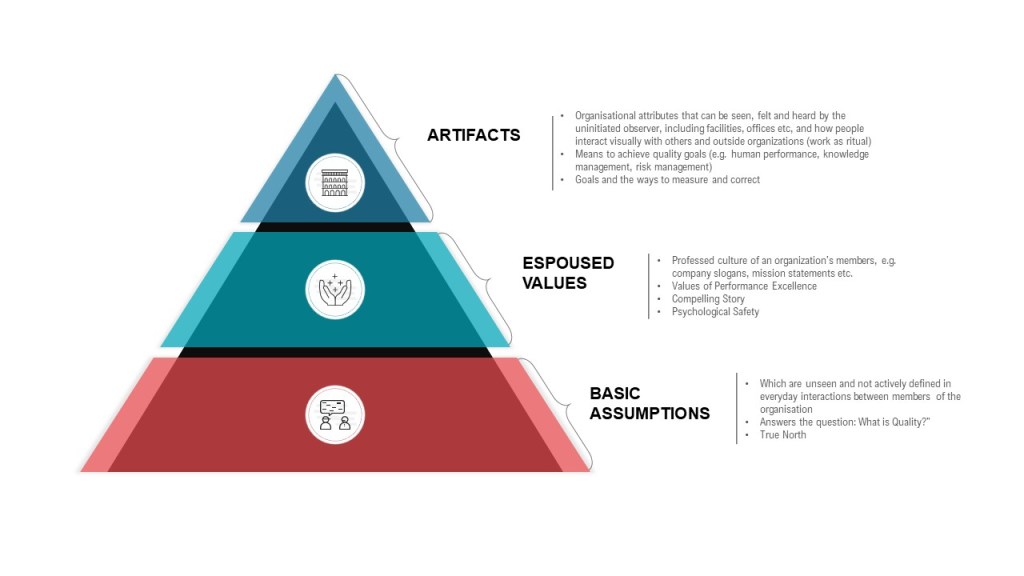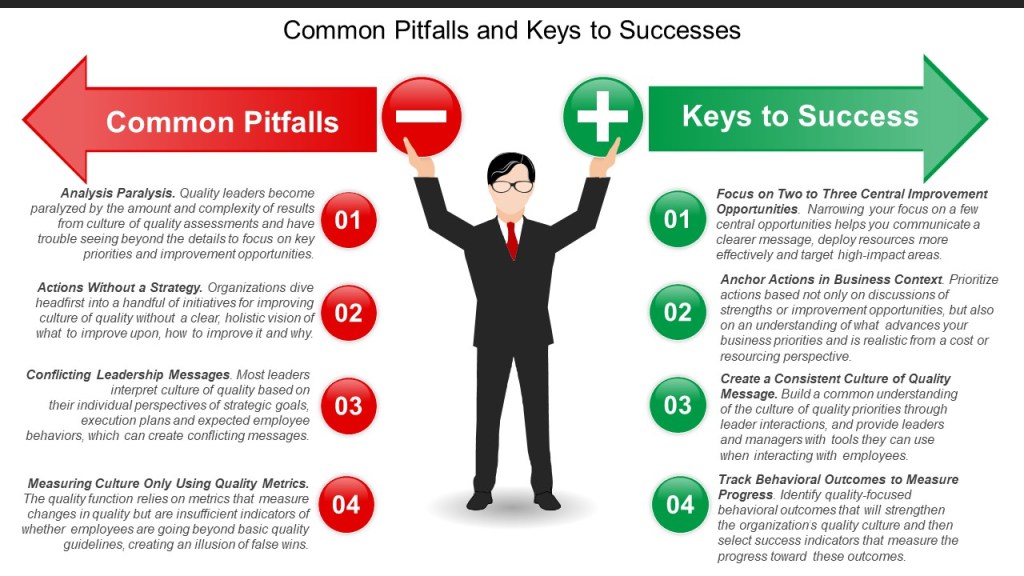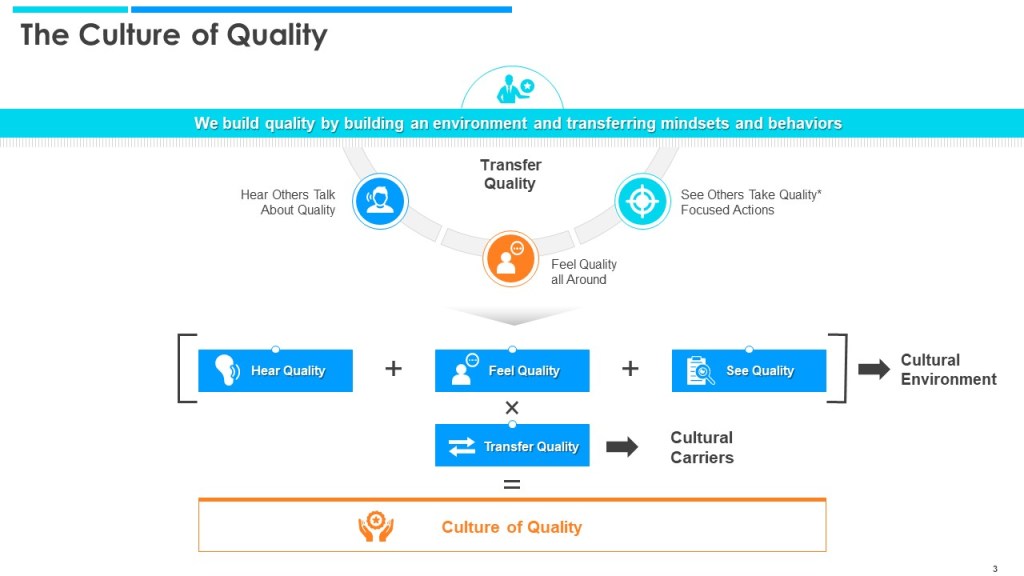
Which espoused values and desired behaviors will best enable an organization to live its quality purpose? There’s been a lot of writing and thought on this, and for this post, I am going to start with ISO 10018-2020 “Quality management — Guidance for people engagement” and develop an example of a value to build in your organization.
ISO 10018-2020 gives 6 areas:
- Context of the organization and quality culture
- Leadership
- Planning and Strategy
- Knowledge and Awareness
- Competence
- Improvement
This list is pretty well aligned to other models, including the Malcolm Baldrige Excellence Framework (NIST), EFQM Excellence Model, SIQ Model for Performance Excellence, and such tools as the PDA Culture of Quality Assessment.
A concept that we find in ISO 10018-2020 (and everywhere else) is the handling of errors, mistakes, everyday problems and ‘niggles’, near misses, critical incidents, and failures; to ensure they are reported and recorded honestly and transparently. That the time is taken for these to be discussed openly and candidly, viewed as opportunities for learning how to prevent their recurrence by improving systems but also as potentially protective of potentially larger and more consequential failures or errors. The team takes the time and effort to engage in ‘second order’ problem-solving. ‘First order’ problem solving is the quick fixing of issues as they appear so as to stop them disrupting normal workflow. ‘Second order’ problem solving involves identifying the root causes of problems and taking action to address these rather than their signs and symptoms. The team takes ownership of mistakes instead of blaming, accusing, or scapegoating individual team members. The team proactively seeks to identify errors and problems it may have missed in its processes or outputs by seeking feedback and asking for help from external stakeholders, e.g. colleagues in other teams, and customers, and also by engaging in frequent experimentation and testing.
We can tackle this in two ways. The first is to define all the points above as a value. The second would be to look at themes for this and the other aspects of robust quality culture and come up with a set of standard values, for example:
- Accountable
- Ownership
- Action Orientated
- Speak up
Don’t be afraid to take a couple of approaches to get values that really sing in your organization.
Values can be easily written in the following format:
- Value: A one or two-word title for each value
- Definition: A two or three sentence description that clearly states what this value means in your organization
- Desired Behaviors: “I statement” behaviors that simply state activities. The behaviors we choose reinforce the values’ definitions by describing exactly how you want members of the organization to interact.
- Is this observable behavior? Can we assess someone’s demonstration of this behavior by watching and/or listening to their interactions? By seeing results?
- Is this behavior measurable? Can we reliably “score” this behavior? Can we rank how individual models or demonstrates this behavior?
For the rest of this post, I am going to focus on how you would write a value statement for Speak Up.
First, ask two questions:
- Specific to your organization’s work environment, how would you define “Speak Up.”
- What phrase or sentences describe what you mean by “Speak Up.”
Then broaden by considering how fellow leaders and team members would act to demonstrate “Speak Up”, as you defined it.
- How would leaders and team members act so that, when you observe them, you would see a demonstration of Speaking Up? Note three or four behaviors that would clearly demonstrate your definition.
Next, answer these questions exclusively from your team member’s perspective:
- How would employees define Speaking Out?
- How would their definition differ from yours? Why?
- What behaviors would employees feel they must model to demonstrate Speaking Out properly?
- How would their modeled behaviors differ from yours? Why?
This process allows us to create common alignment based on a shared purpose.
By going through this process we may end up with a Value that looks like this:
- Value: Speaking Out
- Definition: Problems are reported and recorded honestly and transparently. Employees are not afraid to speak up, identify quality issues, or challenge the status quo for improved quality; they believe management will act on their suggestions.
- Desired Behaviors:
- I hold myself accountable for raising problems and issues to my team promptly.
- I attack process and problems, not people.
- I work to anticipate and fend off the possibility of failures occurring.
- I approach admissions of errors and lack of knowledge/skill with support.




